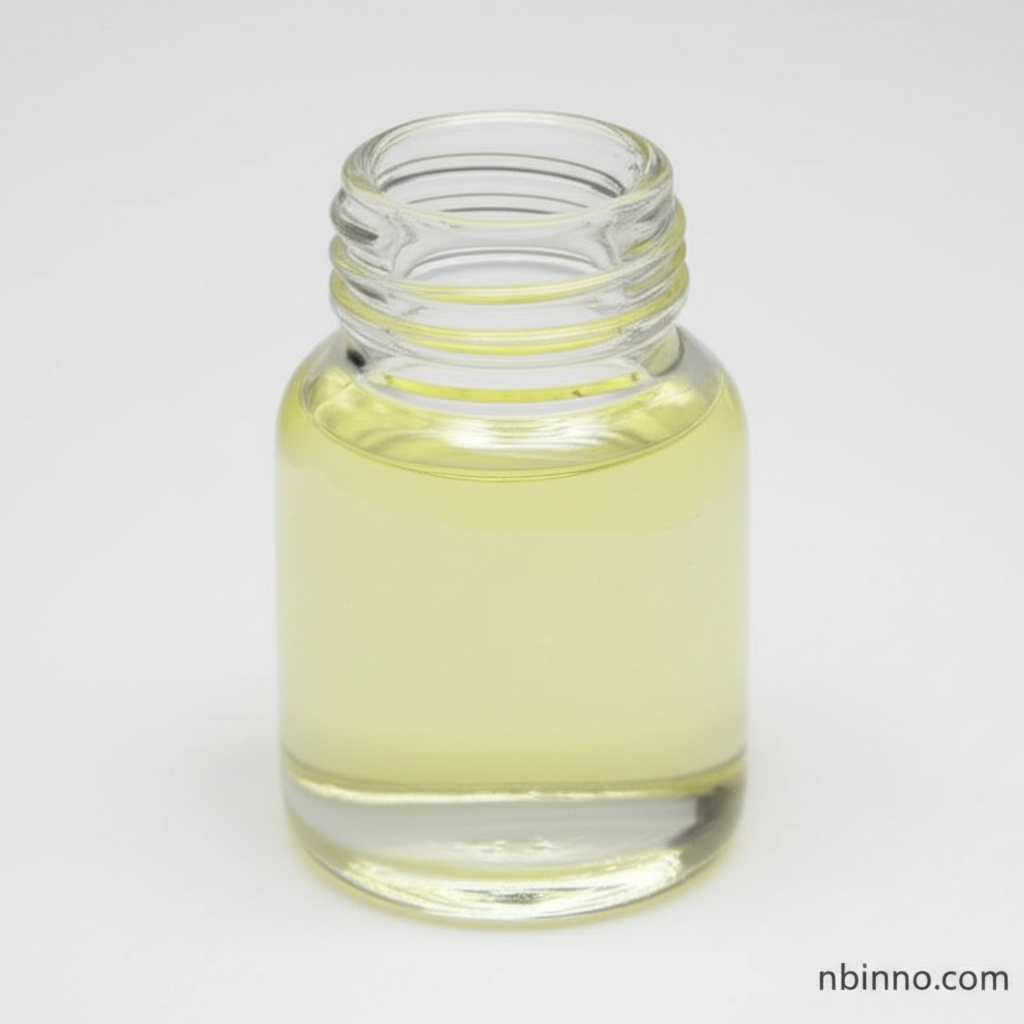3-Methyl-1-butanethiol: Properties, Applications, and Safety
Discover the versatile applications of this potent sulfur compound in synthesis, materials, and biological studies.
Get a Quote & SampleProduct Core Value

3-Methyl-1-butanethiol
3-Methyl-1-butanethiol, also known as isoamyl mercaptan, is a volatile organic compound characterized by its strong, often unpleasant sulfurous odor. It serves as a crucial intermediate in organic synthesis and finds applications in various fields, including materials science and biological studies. Its unique chemical properties, stemming from the thiol group, make it valuable for creating complex molecules and functional surfaces.
- Exploring the 3-methyl-1-butanethiol synthesis pathways reveals its utility as a versatile building block in organic chemistry.
- Investigating isoamyl mercaptan applications highlights its role in creating advanced materials like gold nanoparticles and self-assembled monolayers.
- Understanding volatile sulfur compound analysis is key to detecting and quantifying this compound in diverse matrices, from environmental samples to biological secretions.
- The role of this compound as a potent skunk odor chemical and predator scent semiochemical offers insights into chemical ecology and animal behavior.
Key Advantages
Versatile Organic Synthesis Intermediate
Leverage the reactive thiol group for diverse synthetic transformations, enabling the creation of complex organic molecules with sulfur functionalities, a key aspect of thiol organic synthesis.
Surface Modification Capabilities
Utilize its affinity for metal surfaces to form self-assembled monolayers, crucial for developing functionalized nanoparticles and advanced electronic or catalytic materials.
Biologically Relevant Compound
Study its involvement in predator-prey dynamics as a potent semiochemical or its role in microbial metabolism, offering insights for ecological and biochemical research.
Key Applications
Organic Synthesis
Serves as a key intermediate for synthesizing a wide array of sulfur-containing organic compounds, including pharmaceuticals and specialty chemicals.
Materials Science
Used as a capping agent for gold nanoparticles and in the formation of self-assembled monolayers (SAMs) on metal surfaces for advanced applications.
Flavor and Fragrance Industry (as a trace component)
While known for its potent odor, trace amounts can contribute to specific flavor profiles; its presence also acts as an indicator in certain food safety contexts.
Ecological Studies
Investigated for its role as a semiochemical in animal communication and defense mechanisms, particularly its presence in skunk spray.
